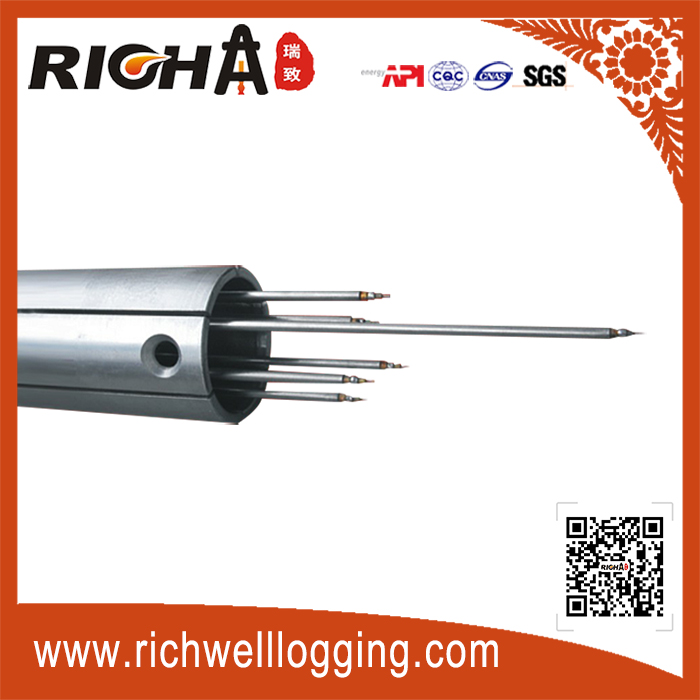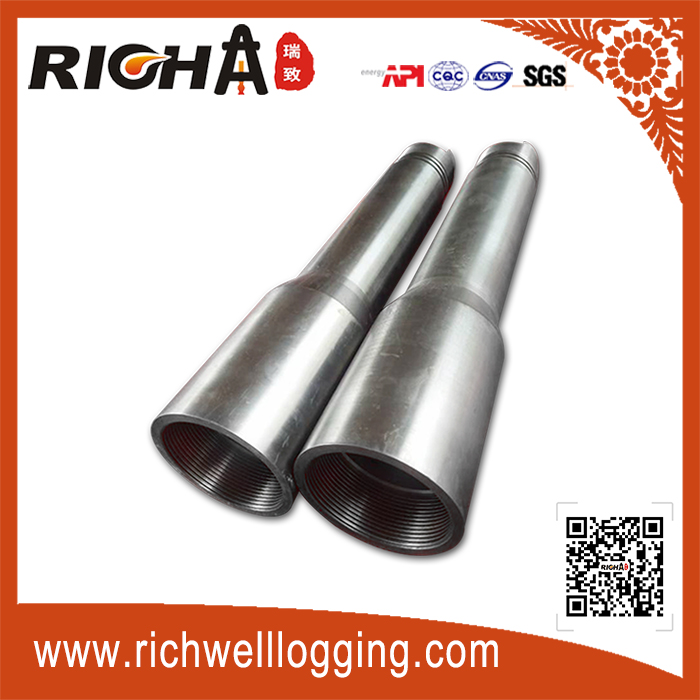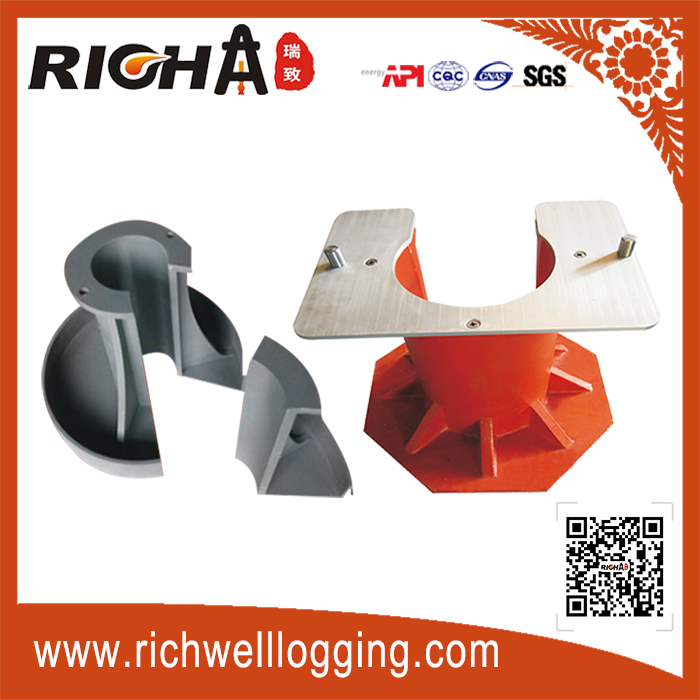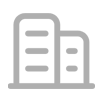Consultation Hotline:13629207777(WeChat Same Account)
Quality supervision:15229006666
After-sale service:029-86670108
Email:info@richwelllogging.com
Address:No. 388 Caotan 9th Road, Xi'an Economic and Technological Development Zone
The Current Status and Development Trends of Imaging Logging Technology
Imaging logging is one of the important achievements in the development of logging technology worldwide and is a prominent feature of modern logging technology. It offers the advantage of providing intuitive and clear displays of the wellbore and the internal geological features of formations in two-dimensional space. This has led to a leap in logging interpretation, from digital curves to digital images, providing a new and effective means to solve many complex or difficult geological problems.

Imaging logging is a method of imaging the physical parameters of the wellbore and surrounding objects based on the observation of geophysical fields in the borehole. Imaging logging should include wellbore imaging, borehole edge imaging, and inter-well imaging. Among them, wellbore imaging is the most technically mature, including wellbore acoustic imaging and formation microresistivity scanning imaging. Borehole edge imaging mainly involves resistivity imaging, using methods such as azimuthal lateral logging and array induction logging. Inter-well imaging includes acoustic waves, electromagnetic waves, and resistivity imaging.
This technology can detect and solve more geological problems than traditional logging instruments. It has obvious advantages in reservoir identification, fracture analysis, and stress analysis, playing a significant role in oilfield exploration and development. Its major benefits include improving the accuracy of logging data, enhancing the efficiency of logging equipment, recognizing rock properties, and analyzing fracture systems.
The advantages of imaging logging include:
Intuitiveness and visibility: It directly reflects the formation distribution and characteristics around the wellbore.
The imaging logging data is accurate and reliable when compared with core data, demonstrating its accuracy in describing underground geological features.
The application range of imaging logging data is vast; it can determine the dip angle, dip direction, structural characteristics, and the geometric shape of fractures, as well as distinguish various geological features such as cavities and solution pores.
Imaging logging data can be used for lithology identification when combined with a small amount of conventional logging data.
Imaging logging data is more intuitive and reliable than conventional logging data for describing reservoir characteristics, especially for heterogeneous formations such as fractures and solution pores.
Imaging logging data has the function of semi-quantitative and quantitative evaluation of reservoir parameters.
Schlumberger, Baker Hughes, and Halliburton represent the cutting edge of imaging logging technology in the world. Their work focuses on cable logging and while drilling logging, with research, promotion, and application of downhole instruments driving the rapid development of new technologies. In addition to the major oil service companies, companies like Task Fronterra Group and DarkVision in North America also have unique technologies in the field of imaging logging and related structural and depositional interpretation, holding a certain market share.
Domestically, imaging logging technology started later, with PetroChina's logging company being the most representative. Its self-developed imaging logging series technology and instruments have been widely applied and mass-produced, almost making it the world's fourth-largest developer and manufacturer of imaging logging systems.
In conclusion, imaging logging technology has expanded the application range of logging in oil exploration and development, and it has also improved the precision and accuracy of traditional logging methods in solving petroleum geological problems.
- China National Petroleum Corporation Maintains Stable Operations in the First Half of 2020
- Downhole Fiber Optic Sensing AUT-F100 for Oil and Gas
- Drilling Fluid Drilling: A Critical Step in Oil and Gas Exploration
- Testing of Composite Insulators in Operation
- Criteria for Evaluating the Quality of Insulators











